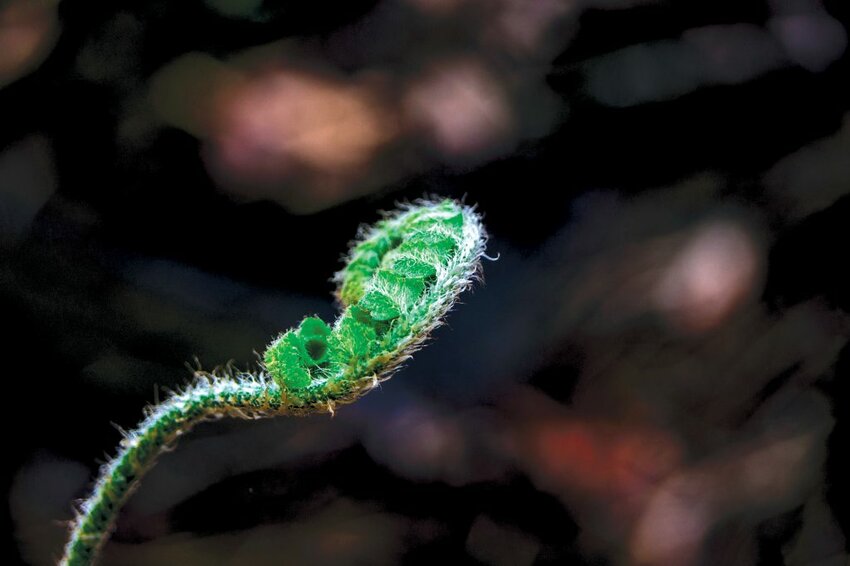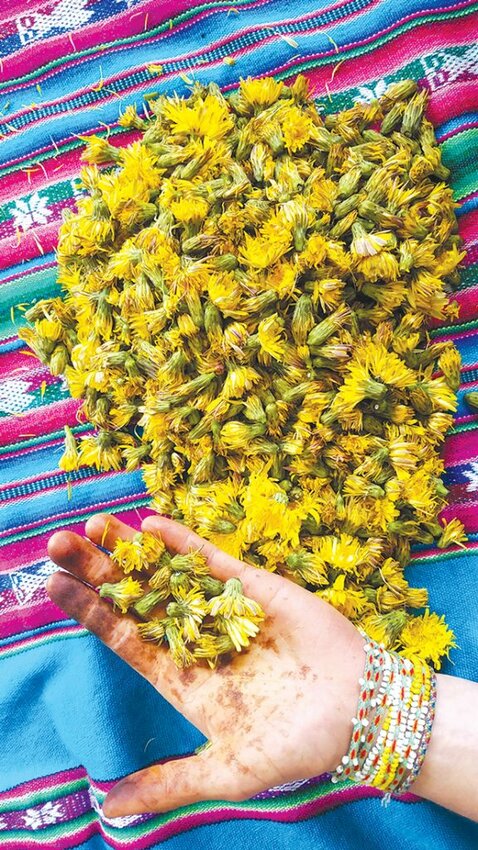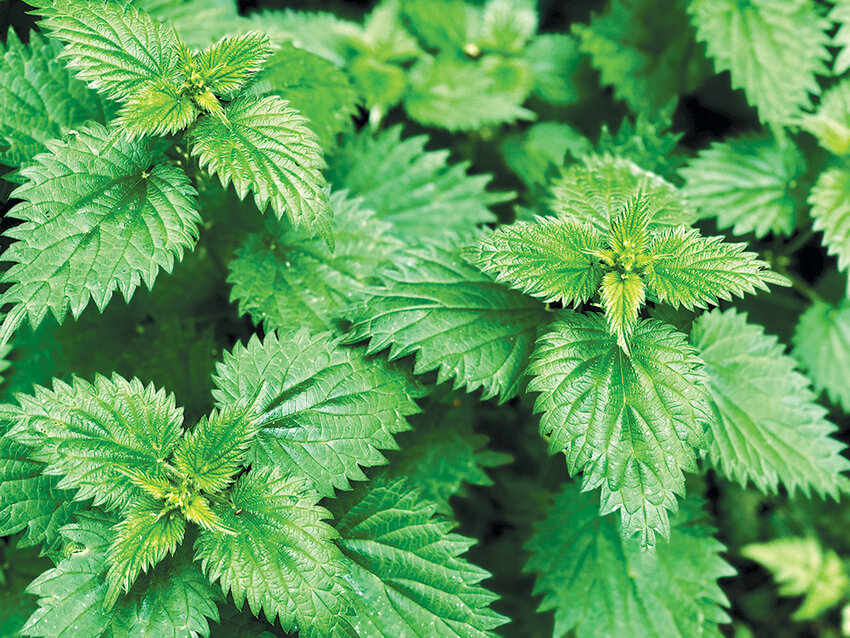
As the cozy months of long nights, hearty meals and hot drinks come to an end, windows and doors fly open and we greet the sunshine and the new growth of spring. People usually want to lighten up their minds and bodies this time of year – hence purging household clutter. That’s one way to embrace spring. However, food is one of the most potent ways to incorporate seasonality into everyday life, and fresh local food is finally abundant again in spring.
In other words: bring spring cleaning from home to body with the help of the fresh harvest. Living in tune with the seasons is an undeniably satisfying practice rooted in tradition, history and medicine. Eating seasonally is a tried and true method in herbalism and traditional medicine for preventing seasonal illness. And for nearly all of the 200,000 years we’ve been around, it’s the way eating had to be.
Spring in particular is an important time to clear the body of heavy winter foods to keep lymph and blood circulation high and support immune function. You may notice that as weather warms, cravings for bitter greens, lighter food and activating herbs replace cravings for fats, starches and sugars characteristic of winter cuisine. The staples of a vernal diet that the land so conveniently provides tend to support digestive function, cleanse the blood and nourish the system. In general, try to use the fresh bounty of spring in the form of salads and light meals, and phase out heavy and wintery meals.
Think bitter, cleansing and stimulating. Kale, spinach, arugula, mustard, radishes, leeks, ginger, citrus and mint are all essentials on the spring shopping list. Perhaps even more seasonal, a dreamy plethora of forage-able goodies thrive in the Pacific Northwest. Here are just a few wild foods to seek out this season.
Fiddleheads

Fiddleheads, which do, in fact, resemble the head of a violin, are the fuzzy knuckles that thrust skyward from the bracken fern and lady fern. Pluck the curled young fiddlehead stalks while they are still soft and pliable. As the fern fronds unfurl, the stalk gets hard and inedible. So spring into action and gather these early in the season.
With mild hints of licorice, fiddleheads are chocked full of antioxidants, omega-3 fatty acids and vitamins A and C. Add steamed fiddleheads to a salad or sauté with olive oil, minced garlic, lemon juice, salt and pepper.
Dandelion
 Dandelion blossoms. Photo by Jacqueline Thompson.
Dandelion blossoms. Photo by Jacqueline Thompson.Dandelion is a ubiquitous and highly recognizable (and woefully misunderstood) weed that is a classic springtime addition to your kitchen. Originally brought to the Americas from Europe, dandelion leaves and yellow flowers can be gathered throughout the year but are tastiest in the early spring before the leaves become too bitter.
Herbalist texts show that dandelion has been used to cure virtually all that ails humanity dating back to the 10th century. Though I do not recommend depending solely on this plant to cure tuberculosis or remedy your love life, there is no doubt that it is full of antioxidants and vitamins for vernal vitality.
Harvest dandelion root yourself or purchase the tea from any health food store to drink as a daily detox. Some use the roasted and ground root as a coffee replacement but if you’re like me, you can just drink it after your irreplaceable morning mug of Joe.
Make an energizing salad with the young leaves. Start by sautéing two tablespoons of chopped onions, a small handful of raisins and a clove of garlic with some olive oil. Chop about ½ pound of dandelion greens (or supplement with arugula or spinach) and combine with the sautéed mixture. Toss with the juice of one lemon, a pinch of dandelion petals and add mint, salt and pepper to taste.
Stinging Nettle

Mountain bikers mobbing down the trail know spring has arrived when they feel the first burn of stinging nettles. Though the fine stinging hairs on the unassuming nettle leaves and stalks are extremely irritating to the skin, nettles, like dandelions, have been used as a spring food and tonic for centuries to promote joint health and support the circulatory system. Nettles are best gathered when the young shoots at the top of the plant are no more than a few centimeters high – and with a gloved hand.
Praise to nettle, this medicinal plant loses its sting when the leaves are blanched, cooked or dried. It’s loaded with vitamin D, iron, calcium and magnesium, and is known for increasing blood hemoglobin, improving circulation, lowering blood sugar and blood pressure, purifying the system and having a toning effect on the body. Many herbalists recommend drinking a nettle tea infusion daily to simply nourish and support the whole body, and it is also known to regulate menstrual flow and relieve arthritis.
Nettles can be used in the same way as spinach or kale, and the possibilities are endless. I have even cooked up foraged nettles with the salty crumbs from the bottom of an empty pretzel bag during desperate times while backpacking – and it tasted much better than the pounds of food we carried in.
Nettle soup is a personal favorite. Peel and chop an onion and a clove of garlic and fry them in a large pot with salt, pepper, and three tablespoons of butter or olive oil until soft. Trim the stems from fresh nettle leaves and throw two big handfuls into the pot. Toss in any additional herbs of choice, such as parsley or basil. Pour in one pint of chicken or vegetable broth. Bring to a boil, then cover and simmer for 10 minutes. Top with a dollop of plain Greek yogurt.
Foraging and wildcrafting should be enjoyed with the assistance of folks who know how to identify plants, or with a field guide. Pacific Northwest Foraging by Douglas Deur is a great starting point.
 Jacqueline Thompson is a writer, mountain guide and environmentalist who splits her time between Arizona and Washington. When she isn’t frolicking in the wilderness, she’s writing music, making art and practicing yoga.
Jacqueline Thompson is a writer, mountain guide and environmentalist who splits her time between Arizona and Washington. When she isn’t frolicking in the wilderness, she’s writing music, making art and practicing yoga.